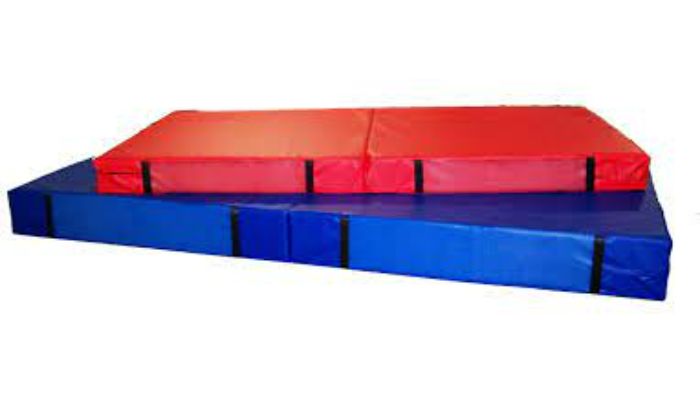ELISA is one of the most sensitive and simple immunoassay methods used for detecting target analytes in complex biological samples. Depending on the type of ELISA formats, several antigen-antibody combinations are available. Yet they always include an enzyme-labeled antibody or antigen reacting with its substrate. The resulting reaction generates a signal that can be measured to quantify the analyte of interest. However, today there are also ELISAs that don’t use enzymatic reactions.
There are four basic types of ELISA formats. They are direct, indirect, sandwich, and competitive ELISAs. The selection of an ELISA technique depends on the availability of assay components and antigen-antibody combinations. Although each method has distinct steps, they all follow the same principle. Today we focus on the critical steps that govern the ELISA procedure.
Essential steps governing the ELISA procedure
Unless a commercial kit is available, sponsors focus on immunoassay development and ELISA method validation. The first step while performing an ELISA begins with coating the wells with the target antigen or antibody. Next, researchers block all unbound sites before a series of washing steps. They then incubate the plates with enzyme-linked antibodies. And finally, the substrate is added to produce a chromogenic signal.
We discussed the overview of an ELISA procedure. Let us go over a detailed version of a Sandwich ELISA.
- The first step is to prepare all assay reagents and equipment
- Second, the antibody is immobilized on the assay plate. For this, the diluted antibody is added to each ELISA well. The microplates are then sealed and incubated at 4℃ for 15 to 18 hours. This step immobilizes the antibody onto the ELISA plates.
- Post-incubation, the diluted antibody is removed from the wells and washed three times using a washing buffer.
- A blocking buffer is added to each well and incubated at 37℃ for 60 minutes. This step reduces any non-specific binding of the primary antibody.
- Again, the wells are washed three times using a washing solution to remove the blocking buffer.
- Now, the samples are added to the ELISA wells. Samples are typically diluted with a dilution buffer, and 100 µL of the diluted sample is added to each well. Dilution series with the standard solution is also prepared for the calibration curve. The plate is then incubated at 37℃ for 60 minutes.
- Again, the samples are washed using a wash buffer.
- Now, the detection antibody is diluted in a sample dilution buffer, and 100 µL is added to each well. The solution is incubated at 37℃ for 60 minutes.
- Post incubation, the detection antibody is removed and washed with the washing solution.
- 100 µL of diluted enzyme-labeled secondary antibody is added to each well and incubated at 37℃ for 60 minutes.
- The reaction mixture is washed with a washing buffer.
- The substrate is added and allowed to develop color.
- Once the color is sufficiently developed, a stop solution is added to stop the reaction.
- Finally, absorbance is read at 450 nm.
Conclusion
ELISA is a simple, sensitive biochemical technique. However, understanding the principle underlying each ELISA step is necessary while performing an ELISA immunoassay development.
Read more blogs – businessusainsurance





